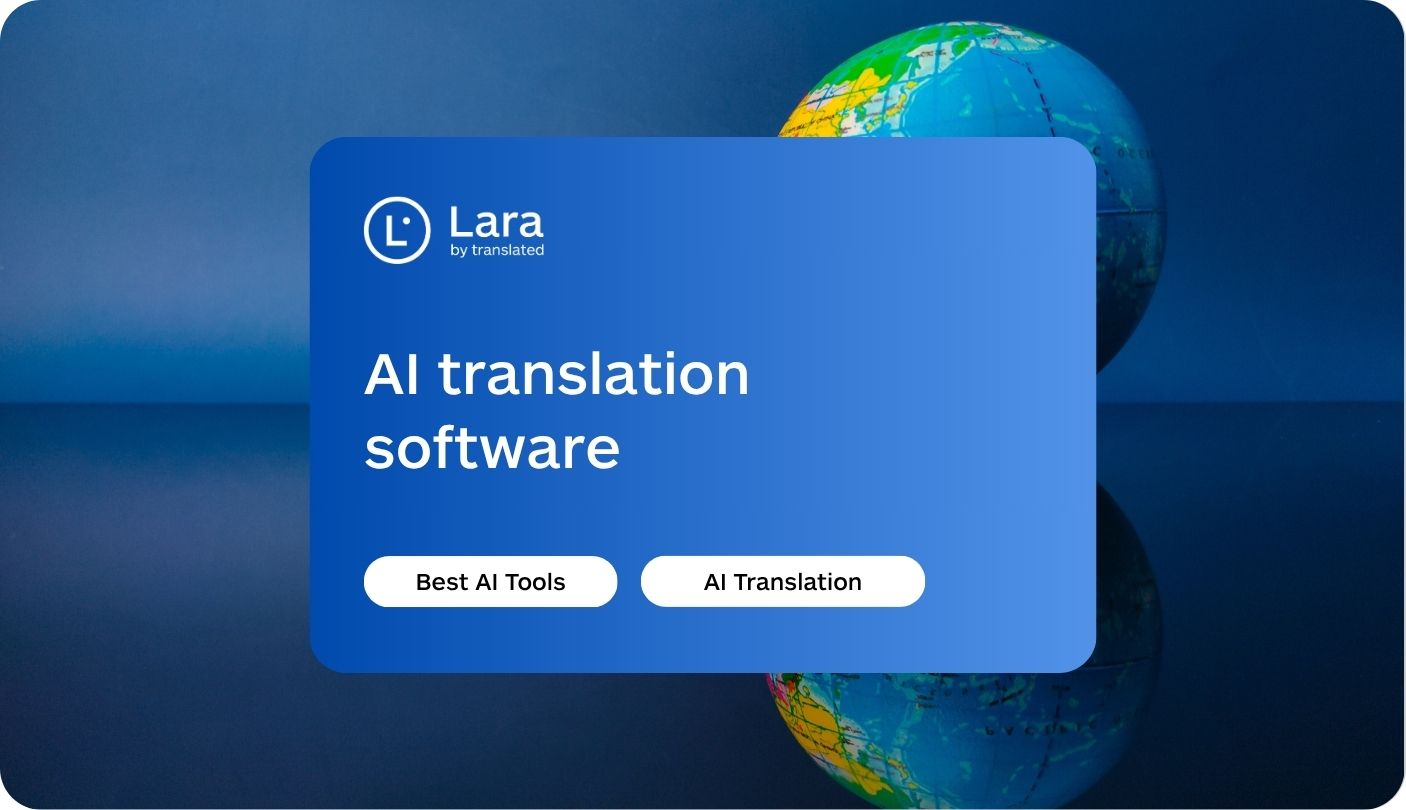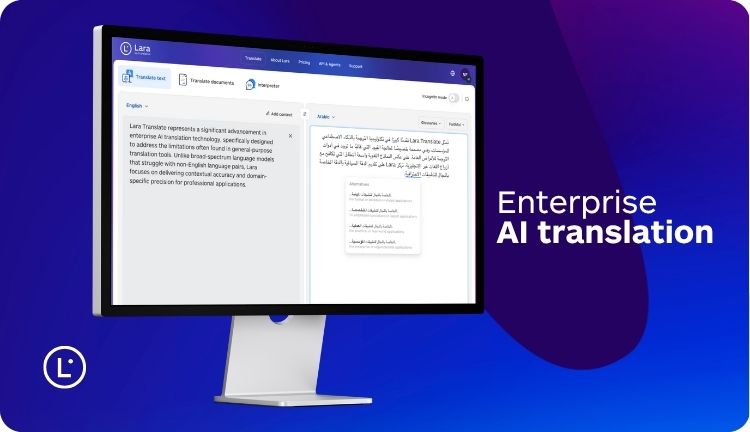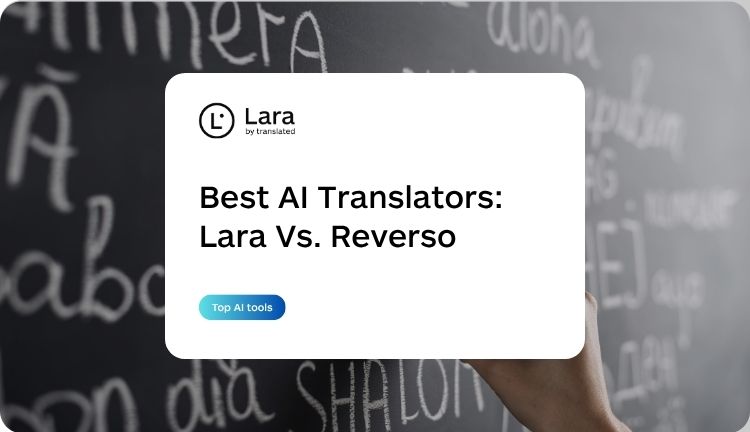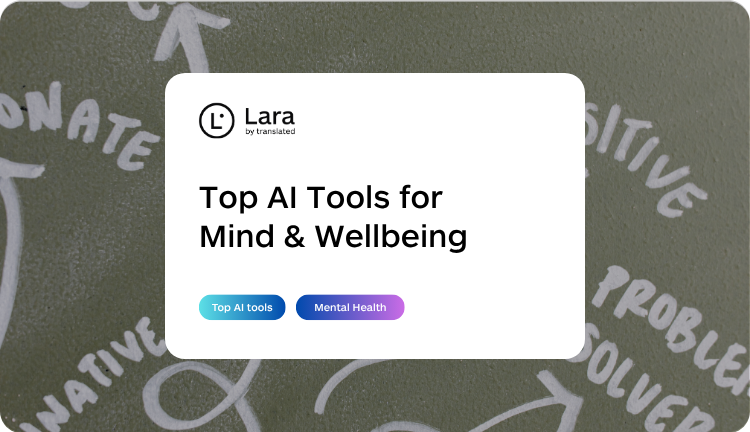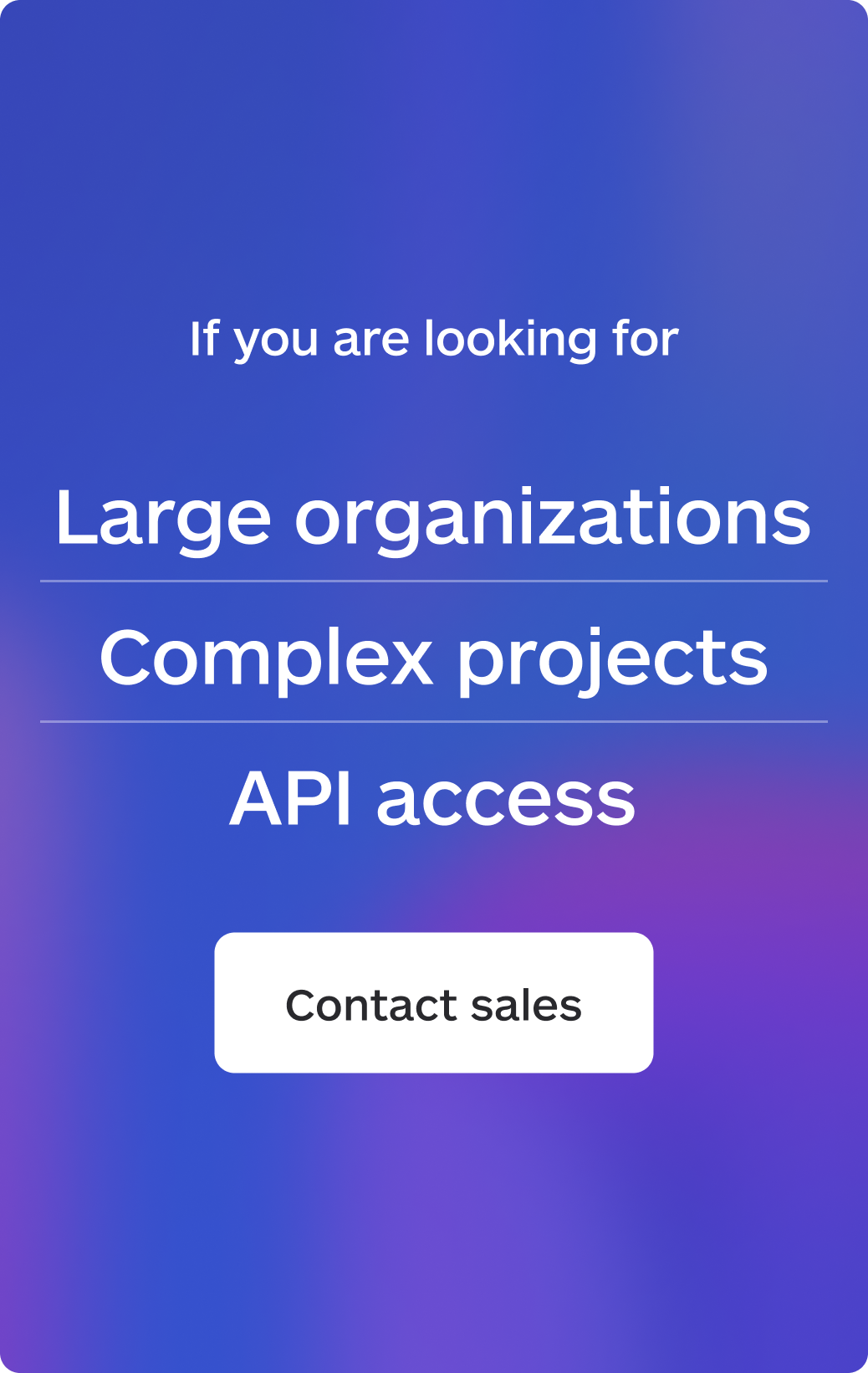International markets have never been more accessible and that’s thanks to AI translation software.
Just think about traditional localization: it used to take months to deliver results. Today, modern technology is changing the game. Real-time translation tools are making it faster and easier to expand globally.
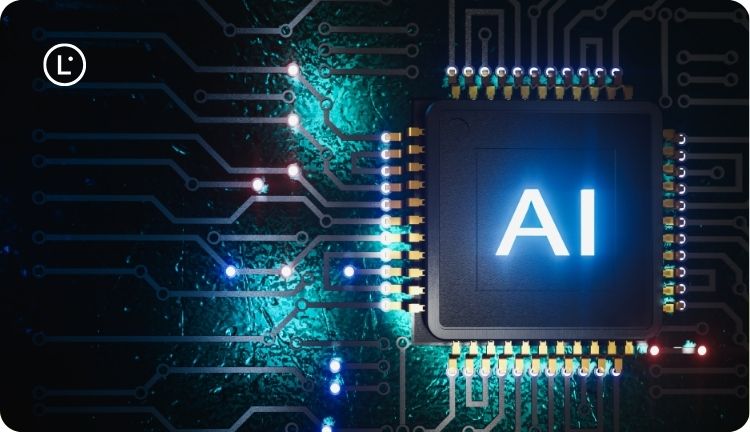
The most strategic approach combines artificial intelligence with professional linguistic expertise. International business has evolved dramatically and smart translation is at the heart of that transformation.
The evolution of global communication technology
Globalization through language tech has progressed through distinct phases, each building upon the limitations of its predecessors. Early rule-based systems gave way to statistical models, which have now evolved into sophisticated neural networks capable of understanding context and nuance. This progression hasn’t eliminated the need for human translators but has instead elevated their role from basic conversion to cultural adaptation and quality assurance.
Modern AI-powered translation for businesses leverages deep learning algorithms trained on vast multilingual datasets. These systems can process thousands of words in seconds while maintaining consistency across documents and campaigns. The technology behind a AI translation software excels particularly well at handling routine business communications, technical documentation, and content that requires rapid turnaround times without sacrificing accuracy.
The benefits of AI translation for growth extend beyond mere speed improvements. Companies report significant cost reduction: often between 60-90% compared to traditional translation methods. While simultaneously increasing their content output volume. This economic efficiency, enabled by AI translation software, allows businesses to test new markets with minimal financial risk, gather customer feedback in multiple languages, and refine their international messaging strategies.
Strategic advantages for business expansion
Language tools to grow globally offer distinct competitive advantages that extend throughout the entire business operation. Marketing teams can localize campaigns across dozens of markets simultaneously, customer service departments can provide multilingual support without maintaining separate language-specific teams, and product development can gather user feedback from diverse international audiences in real-time.
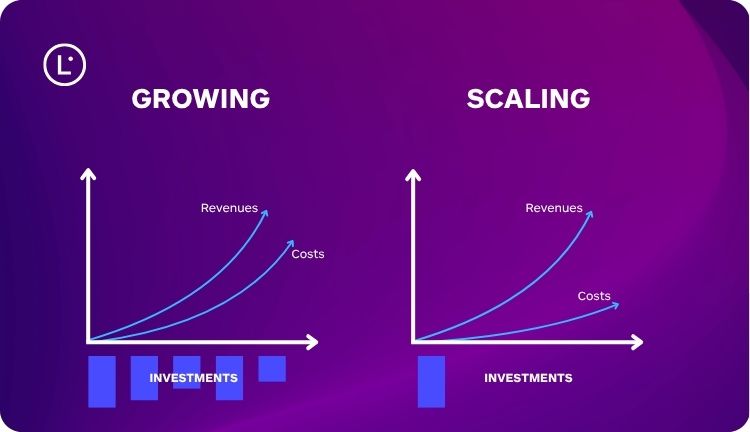
The scalability factor proves particularly crucial for businesses experiencing rapid growth. Unlike human translation services that require extensive vetting, onboarding, and project management, AI translation tools for scaling can handle increased volume demands instantly. This capability becomes essential when companies need to respond quickly to market opportunities or manage seasonal fluctuations in international demand.
Machine translation for international business also enables more agile decision-making processes. Executive teams can review translated market research, customer feedback, and competitive analysis without waiting for traditional translation workflows. This immediate access to multilingual insights can significantly impact strategic planning and market entry timing.
Lara Translate: advancing specialized translation technology
Lara Translate represents a significant advancement intechnology, specifically designed to address the limitations often found in general-purpose translation tools. Unlike broad-spectrum language models that struggle with non-English language pairs, Lara focuses on delivering contextual accuracy and domain-specific precision for professional applications.
The platform’s architecture incorporates Model Context Protocol (MCP) and Agent-to-Agent (A2A) technologies, enabling seamless integration with existing business workflows. Our comprehensive guide to the Model Context Protocol explains how this technology ensures more accurate, context-rich translations that maintain consistency with company-specific terminology and brand voice.
Lara Translate supports so many languages with processing speeds approximately 20 times faster than comparable solutions, making it particularly effective for high-volume enterprise applications. The system’s training on professionally reviewed documents ensures translation quality that meets business standards while maintaining the efficiency advantages that make AI global communication practical for daily operations.
Balancing automation with human expertise
Successful implementation of multilingual AI translation software requires understanding that artificial intelligence enhances rather than replaces human linguistic expertise. Professional translators bring irreplaceable skills in cultural adaptation, creative interpretation, and contextual understanding that remain beyond current AI capabilities.
The most effective approach combines AI efficiency with human oversight at strategic points in the translation workflow. How to automate translations for global use involves identifying content types that benefit from automated processing—such as product descriptions, technical documentation, and routine communications—while reserving human expertise for culturally sensitive materials, creative content, and high-stakes business communications.
This collaborative model transforms the role of professional translators from basic conversion specialists to quality assurance experts and cultural consultants. They focus on post-editing AI output, ensuring cultural appropriateness, and training translation systems with company-specific terminology and style preferences. Understanding Lara’s learning and incognito modes demonstrates how this human-AI collaboration maintains both efficiency and confidentiality in professional translation workflows.

Implementation strategies for sustainable growth
AI in localization strategy requires careful planning to maximize effectiveness while maintaining quality standards. Successful implementation begins with content auditing to identify materials that benefit most from automated translation, followed by establishing clear quality benchmarks and feedback mechanisms.
Companies should prioritize building comprehensive glossaries and style guides before deploying translation automation. These foundational resources ensure consistency across all automated translations and provide clear guidance for human reviewers. Regular quality assessments help identify areas where AI performs well independently and situations that require human intervention.
The integration process also involves training internal teams to work effectively with translation technology. Marketing teams learn to create AI-friendly source content, customer service representatives understand how to leverage real-time translation for international support, and project managers develop workflows that optimize both speed and quality outcomes.
Measuring success in global expansion
AI translation software use cases demonstrate measurable impact across various business metrics. Companies typically see immediate improvements in content production speed, enabling faster market entry and more responsive international communication. Cost savings from translation automation often fund expanded localization efforts, creating a positive cycle of international growth.
Success measurement extends beyond operational metrics to include market penetration indicators such as international website traffic, multilingual customer engagement rates, and conversion metrics across different language markets. These data points help businesses understand which markets respond most positively to their localized content and where additional cultural adaptation might be necessary.
Long-term success requires monitoring translation quality through regular human review and customer feedback collection. This ongoing assessment ensures that automated systems continue meeting business standards while identifying opportunities for further optimization and expansion.
FAQs
What makes AI translation different from traditional methods?
AI translation processes content using neural networks that understand context and learn from patterns, delivering translations in seconds rather than days while maintaining consistency across large volumes of content.
How accurate is AI translation for business purposes?
Modern AI translation achieves high accuracy for routine business content, but success depends on quality training data and proper integration with human oversight for culturally sensitive or creative materials.
Can AI translation handle specialized industry terminology?
Advanced AI translation systems can be trained on industry-specific glossaries and terminology, making them effective for technical documentation and specialized business communications when properly configured.
Should businesses completely replace human translators with AI?
No, the most effective approach combines AI efficiency with human expertise, using automation for routine content while relying on professional translators for cultural adaptation and quality assurance.
This article is about
- How AI translation software for global presence enables rapid international market expansion
- Strategic advantages of using translation software to go global for business growth
- The importance of balancing AI-powered translation for businesses with human linguistic expertise
- Implementation strategies for language tools to grow globally in enterprise environments
Useful articles
- How to Expand Your Business with Translations
- Best MPC Servers for Business in 2025 (Tried & Tested)
- Agent2Agent Protocol: Ushering in the Era of Agent Interoperability
